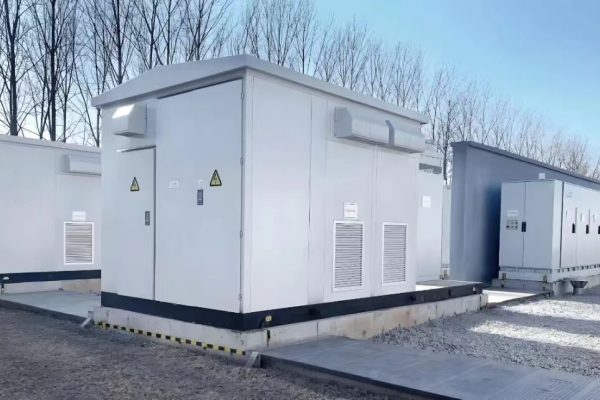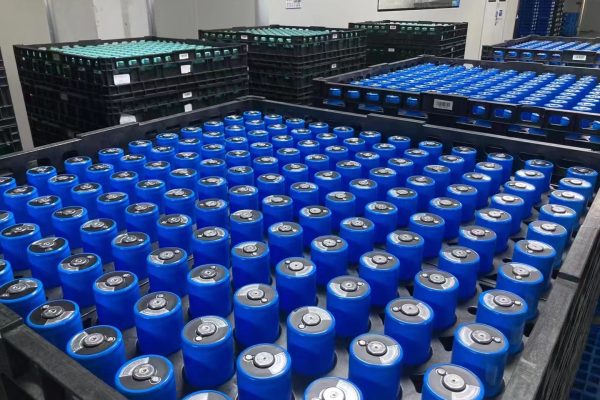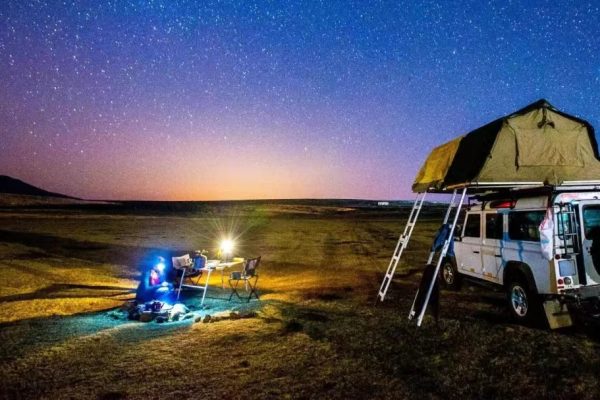Protecting Value, Reducing Risk, and Avoiding Port Delays
Packaging Is Not Just a Box
All-in-one solar + storage systems — especially hybrid inverters with built-in batteries — are growing in global demand.
But while many manufacturers focus on:
- Battery chemistry
- Inverter specs
- Certification
They often neglect packaging, resulting in:
📦 Shipping damage, customs hold-ups, leakage, client dissatisfaction, and even rejected containers.
This article explains how to package, palletize, and ship integrated systems the right way — whether by LCL, FCL, or air freight.
📦 What Makes All-in-One Units Harder to Ship?
Compared to shipping loose PV panels or battery packs:
- They are heavier (often 80–150 kg per unit)
- They are more fragile (electronics + battery in one shell)
- They are often taller or top-heavy
- They may contain DG-class components (UN3480/3481)
- They require customs declarations for lithium batteries
❗ One poorly packed shipment can destroy your first impression in a new market.
🛠️ Key Packaging Elements (Checklist)
| Item | Recommendation |
|---|---|
| Outer Box | Double-wall export-grade carton (5-ply or more) or plywood case |
| Internal Bracing | High-density foam on all sides + top/bottom |
| Shock Absorbers | EVA inserts or expanded polystyrene blocks |
| Pallet Type | Heat-treated, fumigation-stamped wood (ISPM 15 compliant) |
| Strapping | 2x horizontal + 1x vertical plastic bands (minimum) |
| Labeling | Fragile + upright arrow + lithium warning (UN3481/UN3480) |
| Documentation Pocket | Transparent adhesive pouch with MSDS, invoices, etc. |
🪜 1. Packaging Design for Vertical Units
All-in-one products like wall-mounted hybrid units often resemble:
- A cabinet shape
- With delicate screens or ports in front
- And all the weight toward the top
Design Tip:
🔒 Package upright, not flat — and brace internally to avoid tipping.
Use:
- Molded foam side brackets (like TV packaging)
- Bottom skid board to avoid base collapse
- Extra board/foam between screen and carton wall
⚠️ 2. Lithium Battery = Dangerous Goods (DG)
Even if you ship “solar kits”, customs sees:
“Lithium-ion battery systems with potential fire risk”
This means:
- You must attach the UN3481 label
- You must include MSDS/SDS sheets
- You must declare net battery weight per unit
- Packaging must be tested under UN38.3 standard (not optional!)
📄 Shipping without proper battery classification may result in port seizure or fines.
📦 3. FCL vs. LCL: What Changes?
| Factor | LCL (Shared Container) | FCL (Full Container Load) |
|---|---|---|
| Vibration/Shock Risk | Higher (mixed goods) | Lower (controlled stacking) |
| Moisture Risk | High (humidity, slower customs) | Medium |
| Packaging Level | Max protection needed | Can reduce padding slightly |
| Documentation Risk | Higher (more parties involved) | Lower (direct chain of custody) |
Pro Tip:
If shipping more than 8–10 units, consider booking FCL. It:
- Reduces per-unit cost
- Allows custom internal bracing
- Speeds up customs clearance
🧊 4. Anti-Humidity and Temperature Protection
Many hybrid inverters contain sensitive:
- Relays
- Screens
- Battery management boards
Even small moisture ingress can cause DOA (dead-on-arrival) failures.
Add to Your Packaging:
- 2–4x silica gel bags per unit
- Moisture indicator card (for warehouse check)
- Polybag wrap inside the carton
- Optionally: apply anti-corrosion VCI paper for sea freight
🌊 Especially critical for tropical markets like Southeast Asia, West Africa, Brazil.
📦 5. Smart Palletization
Recommended Per Pallet (for 100kg+ units):
- Max 2–3 units per pallet (overstacking risks tipping)
- Always Upright (never flat or upside down)
- Include wooden corner protectors
- Use slip sheets or foam pads between boxes
- Always use stretch film + strap + corner guards
📦 Ensure each unit has “Do not stack” icons if sensitive to pressure.
🌍 6. Export Documentation Must Match Packaging
- Product weight on invoice = Gross weight on carton
- Include HS Code (e.g. 8504.40 + 8507.60)
- Match declared watt-hour rating of batteries
- List country of origin clearly
- Attach QR code or serial number sticker outside for traceability
📁 Many countries (e.g. Saudi Arabia, India, Kenya) require pre-shipment inspection — packaging must be openable and resealable for customs checks.
✈️ 7. What About Air Freight?
Lithium batteries over 100Wh are restricted by IATA rules.
To air ship all-in-one units, you must:
- Confirm UN38.3 test summary is available
- Limit net battery weight (max 35kg per package in some routes)
- Package each battery pack separately inside unit or carton
- Use Class 9 Dangerous Goods labeling
Air shipment is best for:
- Urgent samples
- Small test orders
- Trade show units
🧪 Always confirm with freight forwarder before booking air cargo.
🧾 Summary: All-in-One Export Packaging Checklist
✅ Double-wall carton or plywood crate
✅ Foam internal bracing on all sides
✅ Shock protection for screen area
✅ Upright-only packaging layout
✅ Labeled for UN3481 + fragile + “this side up”
✅ Silica gel + desiccant bag
✅ Battery MSDS, UN38.3, and invoice ready
✅ ISPM15 pallets + strapping + corner guards
✅ Per-unit serial + barcode visible
✅ Tested in FCL mock-loading before first shipment
🔚 Conclusion: Packaging = Product Protection = Brand Protection
It doesn’t matter how good your hybrid inverter is if it arrives damaged, wet, or rejected at customs.
In today’s competitive PV + ESS market, packaging is a strategic advantage, not just a shipping cost.
🧠 Treat every box as your brand’s first impression in a new country.









